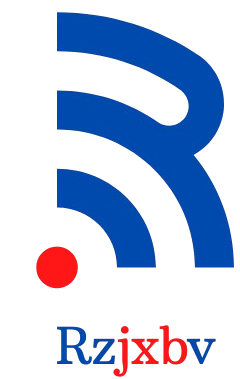Haircuts are more than a routine grooming task—they are a vital form of self-expression and an important aspect of personal identity. Whether it’s a subtle trim or a dramatic new look, a haircut has the power to transform one’s appearance and boost Best fade confidence. This article delves into the significance of haircuts, exploring their history, popular styles, cutting techniques, and tips for choosing the ideal cut.
The Evolution of Haircuts
1. Historical Context
- Ancient Practices: Haircuts have been integral to human civilization for thousands of years. In ancient Egypt, Greece, and Rome, hairstyles were often used to denote social status and cultural affiliations. Egyptians used elaborate wigs and intricate styles to signify wealth and social rank, while Greeks and Romans had specific hairstyles that reflected their roles in society.
- Medieval to Renaissance: During the Middle Ages, haircuts were more practical, focusing on hygiene and ease of maintenance. The Renaissance period, however, saw a return to elaborate and ornamental hairstyles, often influenced by art and fashion of the time. These styles were used to display affluence and social status.
- Modern Developments: The 20th century revolutionized hairstyling with the advent of new tools and techniques. Iconic styles such as the bob cut, the pompadour, and the shag have each marked significant cultural shifts, reflecting the changing tastes and societal norms of their respective eras.
Popular Haircut Styles
1. Classic Haircuts
- The Bob: This timeless haircut involves cutting the hair to a uniform length around the head, typically at chin level. The bob can be customized with variations such as the A-line bob or the blunt bob, offering a sleek and versatile look that suits various face shapes and hair types.
- The Crew Cut: A staple among short hairstyles, the crew cut features a short length on the sides and back, with slightly longer hair on top. It is favored for its clean, professional appearance and ease of maintenance, making it a popular choice for men.
- The Pixie Cut: This short haircut emphasizes the natural shape of the face and offers a chic, low-maintenance option. The pixie cut is ideal for those looking for a bold, yet elegant style that requires minimal daily upkeep.
2. Trendy Haircuts
- The Fade: The fade is characterized by a gradual transition from short to longer lengths, creating a smooth, blended effect. It can be customized as a low, mid, or high fade, each offering different levels of contrast and style. The fade is popular for its modern, clean look and adaptability.
- The Undercut: Featuring shaved or closely cropped sides with longer hair on top, the undercut creates a stark contrast that can be styled in various ways. It’s a versatile option that allows for creativity with the longer top section, whether styled slicked back, textured, or curly.
- The Shag: Known for its layered and tousled appearance, the shag haircut adds volume and texture. It works well with various hair lengths and types, providing a relaxed, effortless look that’s both stylish and manageable.
3. Creative Cuts
- Textured Cuts: These involve techniques like layering and texturizing to enhance the natural movement of the hair. Textured cuts add dimension and volume, making them ideal for creating a dynamic and lively look.
- Patterned Cuts: For those who want to make a statement, patterned cuts involve shaving unique designs or patterns into the hair. This creative approach requires precision and is a bold way to express individuality.
